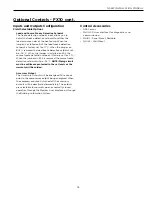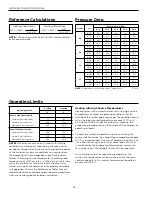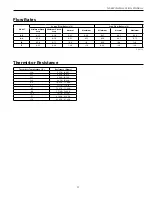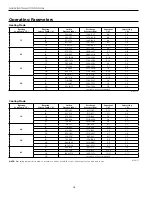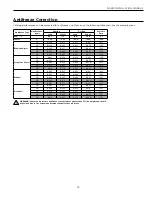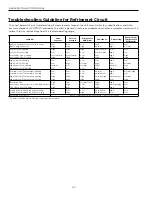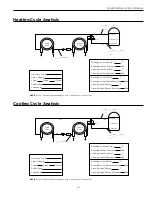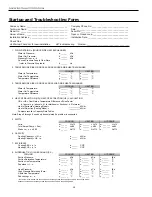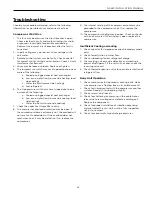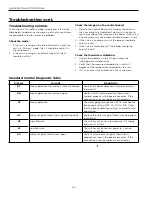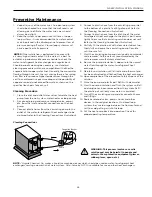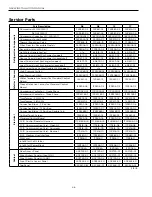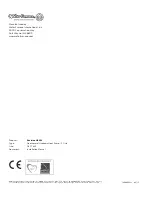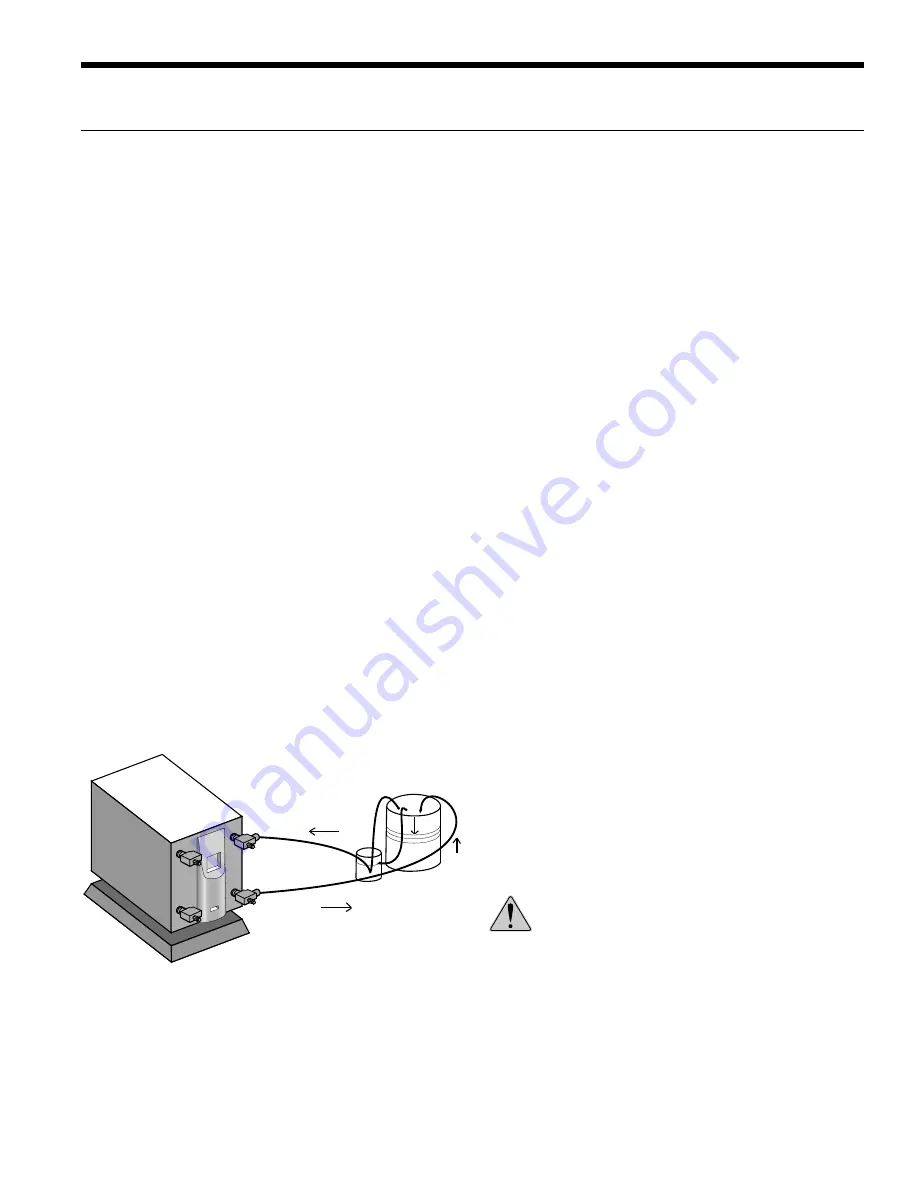
45
NSKW INSTALLATION MANUAL
Preventive Maintenance
1. Keep all air out of the water lines. An open loop system
should be checked to ensure that the well head is not
allowing air to infiltrate the water line. Lines should
always be airtight.
2. Keep the system under pressure at all times. In open
loop systems, it is recommended that a water control
valve be placed in the discharge line to prevent loss of
pressure during off cycles. Closed loop systems must
have a positive static pressure.
NOTES:
If the installation is performed in an area with
a known high mineral content in the water, it is best to
establish a periodic maintenance schedule to check the
water-to-refrigerant heat exchanger on a regular basis.
Should periodic cleaning be necessary, use standard
cleaning procedures which are compatible with either the
cupronickel or copper water lines. Generally, the more water
flowing through the unit, the less chance there is for scaling.
Low flow rates produce higher temperatures through the
coil. To avoid excessive pressure drop and the possibility of
copper erosion, do not exceed flow rate as shown on the
specification sheets for each unit.
Cleaning Procedure
1. Close the inlet and outlet water valves to isolate the heat
pump from the well system, water heater or loop pumps.
2. Disconnect piping and remove solenoid valve, pumps,
etc, from the inlet and outlet connections on the heat
pump.
3. Connect plastic hoses from the circulating pump to the
outlet of the water-to-refrigerant heat exchanger to be
de-limed (refer to the Cleaning Connections illustration).
4. Connect a plastic hose from the circulating pump inlet
to the bottom of a plastic five (5) gallon pail (refer to
the Cleaning Connections illustration).
5. Connect a plastic hose from the inlet line of the water-
to-refrigerant heat exchanger to the plastic pail. Secure
tightly to ensure that circulating solution does not spill
(refer to the Cleaning Connections illustration).
6. Partially fill the plastic pail with clear water (about two-
thirds full) and prime the circulating pump. Circulate
until lines are full.
7. Start the circulating pump and slowly add a commercial
scale remover* to the water as recommended by the
scale remover manufacturer’s directions.
8. Be sure the pump circulation is opposite to the normal
water flow through the water-to-refrigerant heat
exchanger.
9. Maintain re-circulation until all scale and other material
has been dissolved and flushed from the heat exchanger.
10. Upon completion of the procedure. Safely dispose of the
solution.
11. Rinse the pump and plastic pail. Refill with clear water.
12. Start the pump circulation and flush the system until all
acid residue has been removed from the system. Refill
the plastic pail until only clear water is circulated.
13. Turn off the circulating pump and disconnect all hoses
and fittings.
14. Replace solenoid valves, pumps, hoses and other
devices in their original locations. On closed loop
systems, be sure to purge between the flow center and
unit to avoid getting air into the loop.
15. Put the heat pump back into operation. Check for
proper operating temperature.
NOTE:
*Virginia Chemical Co. makes a liquid ice machine cleaner which should be used on water-to-refrigerant heat
exchangers serving a domestic hot water system. Calci-Solve by NYCO is available for use on other heat exchangers
Cleaning Connections
WARNING: This process involves a caustic
solution and may be harmful to people and
animals. Wear protective equipment (glasses,
rubber gloves, apron, etc.)
Five-gallon Bucket
Pump





